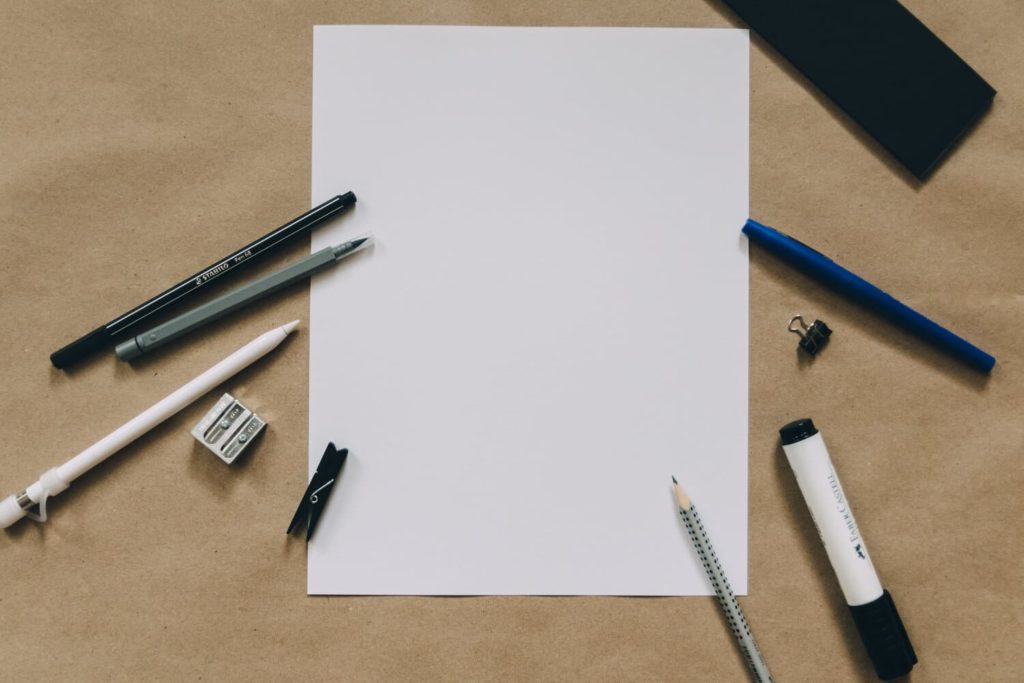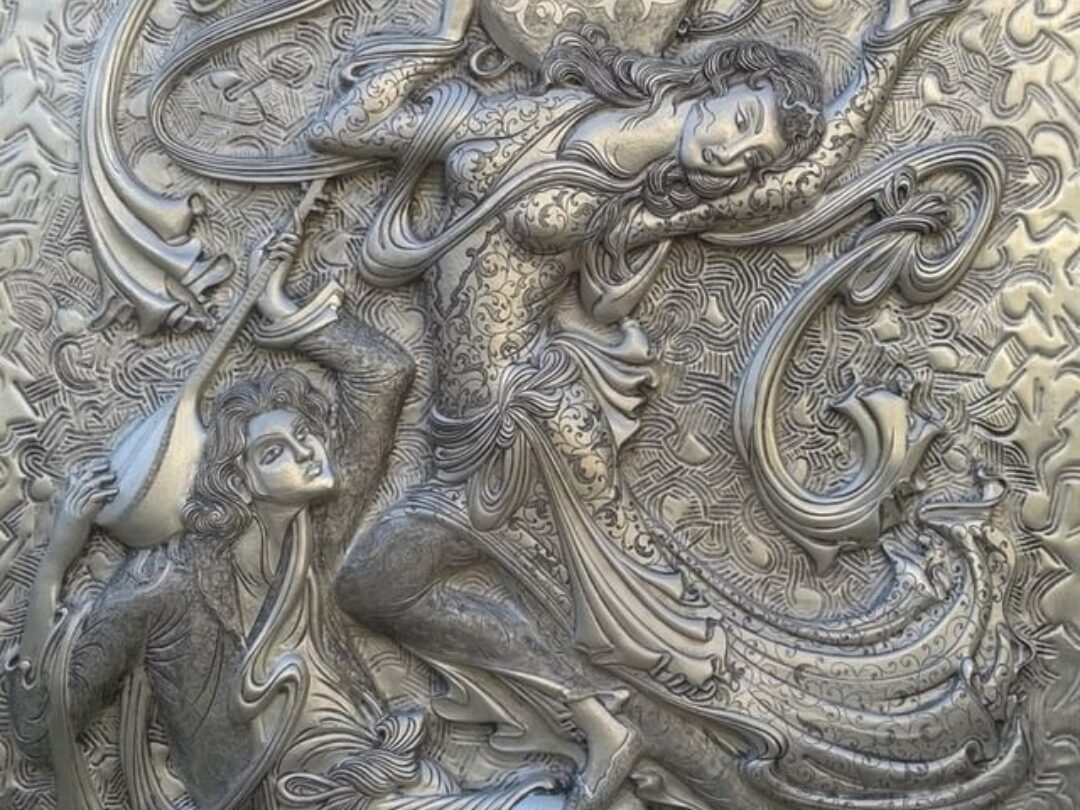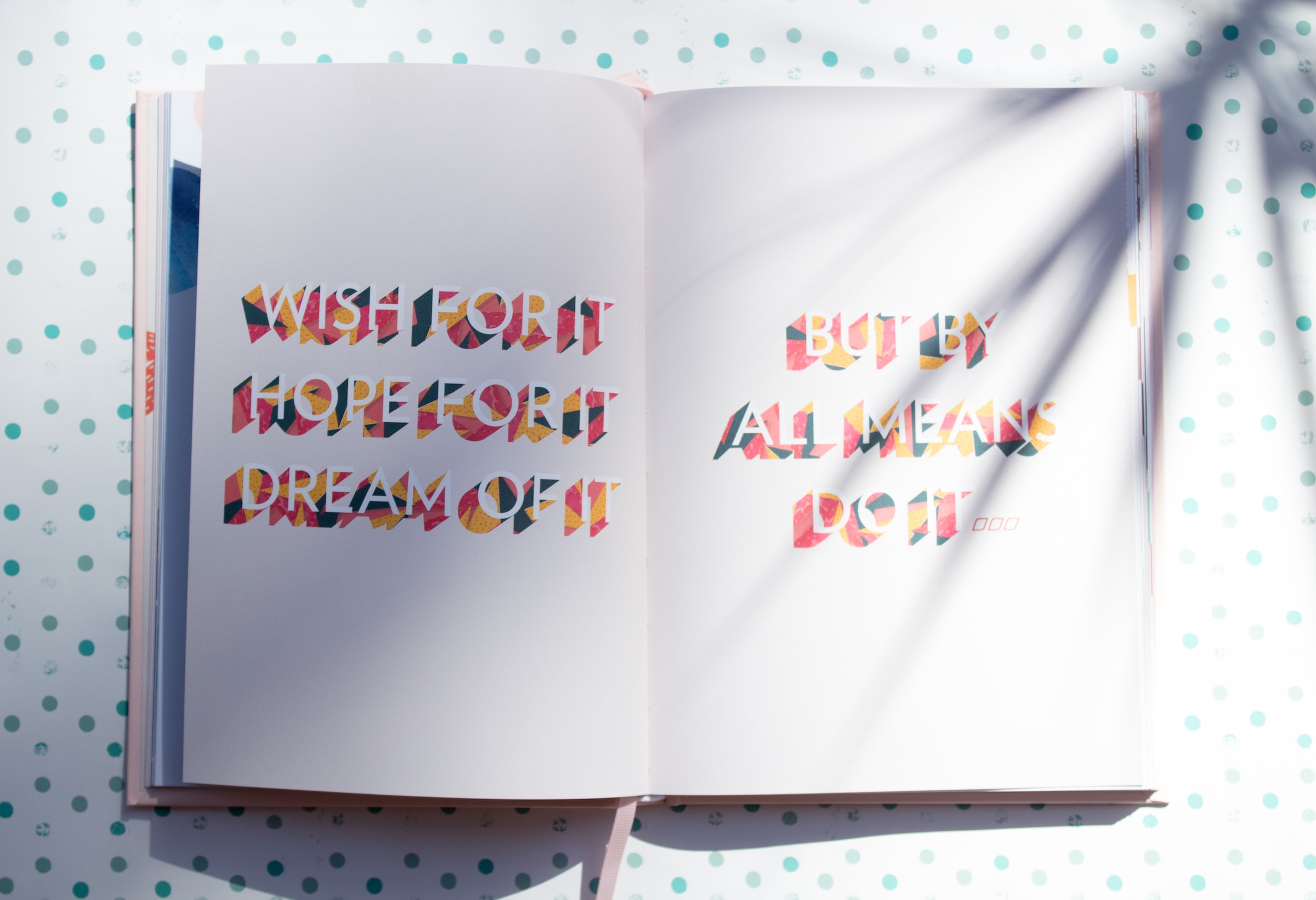
I know. It’s very hard to choose the right watercolour paper. There are so many things to choose and set up before even starting to draw or paint.
Whenever you want to buy something on Amazon, you find pages and pages of different products. And you suddenly realise that “just buying watercolour paper” is not that easy.
But I’m here to the rescue, amiright?
Choosing the right watercolour paper is really important. A well-chosen surface directly affects your artwork, and it can cause you less stress.
I’m going to explain the difference in terms of quality, texture, weight etc. so that you can choose the right type for you. I believe that choosing the person you want to spend your life with takes less time than choosing the right watercolour paper HA! Just kidding.
1. QUALITY
Like any other art supply, there are two main grades of watercolour paper: Students’ quality and Artists’ quality. Artists’ quality is the higher quality. It is also called “archival” paper, and it lasts longer than nail polish in a men’s house.
These papers are acid-free, won’t become yellow over time and are much stronger than students’ quality paper. The downside is that they are quite expensive.
Students’ quality paper is great for beginners or for practising. They are much cheaper, but they are also a lot less forgiving if you make mistakes.
2. WEIGHT
The weight of the paper is usually specified in grams per square metre (gsm). There is a wide range of weights available, but the most commonly used are:
300 gsm or g/m² (140 lb. ) – the most commonly used
640 gsm or g/m² (300 lb. ) – very expensive but the best quality
The heavier the paper, the fewer chances you have for it to buckle or warp.
You can also use the 300gsm paper and stretch it to ensure the paper doesn’t buckle or warp.
Sincerely, I’ve never stretched my paper (shame on me) first of all because I use so little water in my miniatures that the paper doesn’t warp anyway. Second because, when I make big patterns, and I use a lot of watercolour, I prefer drying the colour with a hair drier. The hot air flattens the surface even if the watercolour is already dry.
3. TEXTURE
The texture is how the paper looks from the outside. It can be:
-
Hot-pressed – has a very smooth surface and almost no “grain”. Great for detailed paintings but be careful because the watercolour floats on the surface and the colours might bleed if they are too watery.
-
Rough – Has a lot of texture or “grain” – it is very rough to touch and great for watercolour washes. Also, it looks great on Instagram with the light coming through the window showing all the roughness of the paper.
-
Cold-pressed – in-between rough and hot-pressed paper. This is the one that I use.
4. MATERIALS
Watercolour paper is made from a mixture of water and cellulose fibres.
The best-quality paper is made of 100% cotton. This makes the paper to be strong, so it can handle lots of water without buckling or warping. Artists’ papers are usually hand made or mould made.
Students’ grade paper is made of cotton, wood pulp and other fibres.
It’s not as strong as artists’ paper and is machine-made.
5. SIZING
You may wonder what sizing is. I didn’t know anything about it until Jeea Mirza explained it to me a few years ago. Sizing means adding something that looks like gelatine to the paper to make it water-resistant. In this way, the paint will be absorbed slowly without bleeding.
You can also size the paper on your own using starch. It’s a long time-consuming process that consists of cooking the starch, applying it onto the paper, then burnishing the paper once dried. If you want to give it a try, you can search for a tutorial online.
Also, be aware that if you scratch the paper, you take off the sizing, so be careful when doing so.
6. COLOUR
I’m not talking about coloured watercolour paper such as green, blue, black etc.
Watercolour paper can be white or cream. The cream colour gives the artwork some kind of “traditional” look while the white gives more contrast. Watercolour artists avoid using white watercolour. They prefer leaving the white spaces unpainted and take advantage of the colour of the paper.
You can also stain your paper with tea or coffee to give it a more ancient look.
That’s it, guys. I hope you now know how to choose watercolour paper and that it can help you in being more aware of the quality of the supplies you are using.
If you want to know which paper I use, check my supplies list here.
***Affiliate disclosure: This blog post contains affiliate links which means that I may earn a small commission – at no extra cost to you. This helps to support my work so that I can continue to make valuable free content for you.***
How to Choose the Best Watercolour Paper
September 17, 2020



Yes, this guide was very helpful. Thank you once again, Sandy! ❤️
It is one the most useful posts of your posts for me.
Thank you so much!
Thank you very much Sandy
Thank you! Very useful. I didn’t know the difference between hot- and cold-pressed nor what sizing is.